by Barry Goldman
When I was a little boy my parents had a book that convulsed me with giggles. It was a collection of cartoons by Abner Dean called What Am I Doing Here? I couldn’t read, and I didn’t understand what was happening in the pictures, but the people in the cartoons were naked! You could see their tushies! It just cracked me up.
book that convulsed me with giggles. It was a collection of cartoons by Abner Dean called What Am I Doing Here? I couldn’t read, and I didn’t understand what was happening in the pictures, but the people in the cartoons were naked! You could see their tushies! It just cracked me up.
One day the book disappeared. I think my friend Neal from down the street boosted it, but in any case I forgot about it for many years. Then one afternoon when I was about 20 I came across it again in a used book store. I remember the feeling distinctly. The drawings were strangely familiar, and they were deep. Some of them made me shiver with the shiver of cosmic deepness. Readers who were once 20-year-old pot smokers will know what I mean. But the man wanted $12 or some such impossible sum, and I had to leave it in the store.
I was in another used book store 25 years later, and I came across it again. I recognized the cover and eagerly paged through the cartoons. This time they struck me as silly. “Sophomoric” was the word that came to mind. I didn’t see any reason to buy it.
Another 25 years has gone by, and there was an ad for a re-issue of What Am I Doing Here? in the New York Review of Books. It said:
With an inimitable mixture of wit, earnestness, and enigmatic surrealism, Dean uses this most ephemeral of forms to explore the deepest mysteries of human existence.
I ordered a copy. (Drumroll, please.) Nothing. Not funny, not deep, not clever. Nothing. An entirely forgettable book of entirely forgettable cartoons.
So which is true? Is it wet-your-pants funny, chillingly deep, or just silly? The question, as the Buddha used to say, “is not rightly put.” I experienced the book in all of those ways, and all of my experiences were perfectly valid. “But what is it really?” is not a proper question. I wasn’t wrong when I thought it was hysterically funny, and I’m not wrong now that I think it’s silly. The category of correctness or incorrectness doesn’t apply. Read more »


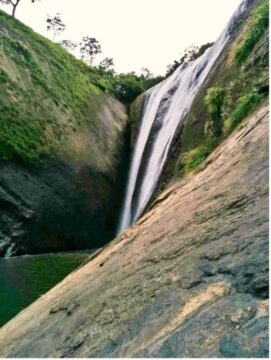
 January 1, 2024. Happy New Year! Just eleven months and five shopping days before Election 2024. Whether you find it comforting that 2024 also happens to contain an extra day might be the best marker of how Political Seasonal Affective Disorder has impacted you. Personally, I haven’t been sleeping particularly well.
January 1, 2024. Happy New Year! Just eleven months and five shopping days before Election 2024. Whether you find it comforting that 2024 also happens to contain an extra day might be the best marker of how Political Seasonal Affective Disorder has impacted you. Personally, I haven’t been sleeping particularly well.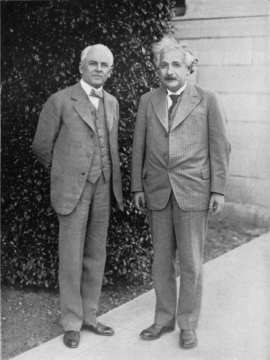 The photograph beside this text shows two men standing side by side, both scientific celebrities, both Nobel prizewinners, both of them well-known and well-loved by the American public in 1932, when
The photograph beside this text shows two men standing side by side, both scientific celebrities, both Nobel prizewinners, both of them well-known and well-loved by the American public in 1932, when 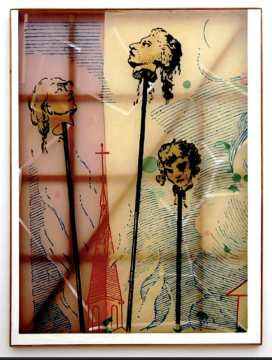



 Sughra Raza. Breaking Point.
Sughra Raza. Breaking Point.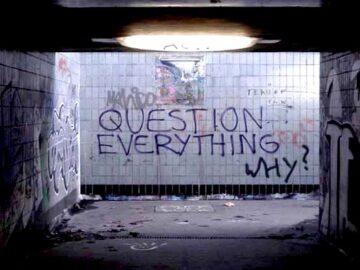
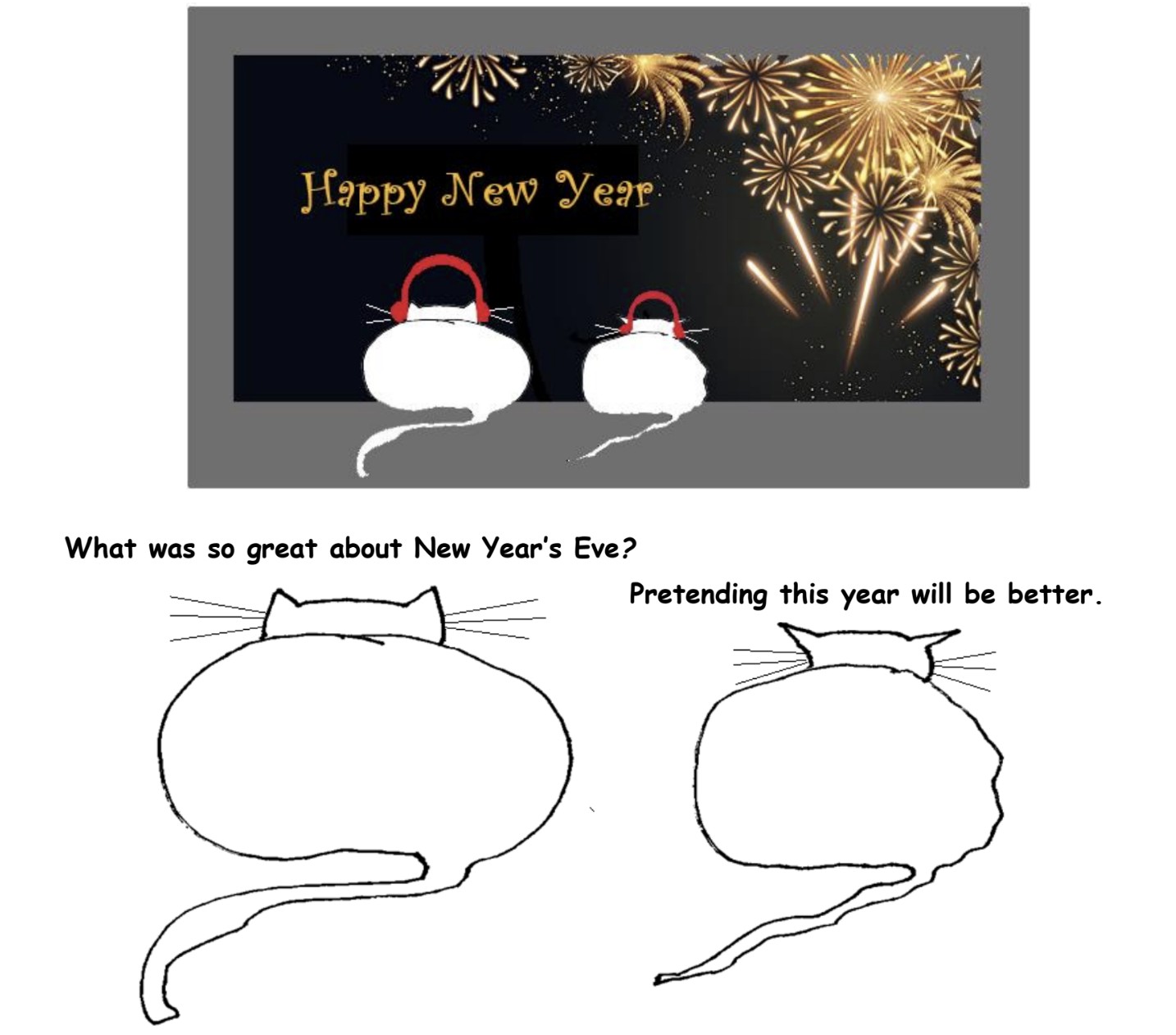

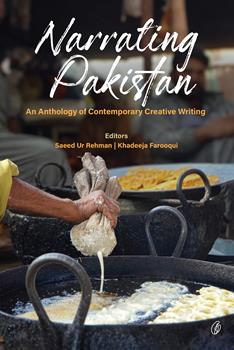
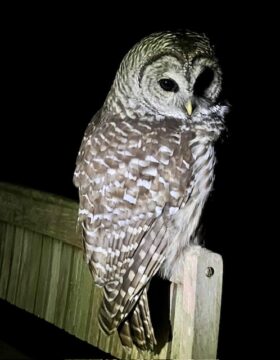 Two weeks after my wife died this past October, she briefly returned. Or so it seemed to me.
Two weeks after my wife died this past October, she briefly returned. Or so it seemed to me.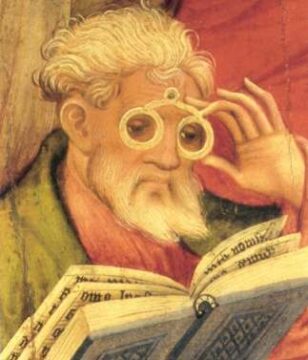 I’m haunted by the enormity of all of that which I’ll never read. This need not be a fear related to those things that nobody can ever read, the missing works of Aeschylus and Euripides, the lost poems of Homer; or, those works that were to have been written but which the author neglected to pen, such as Milton’s Arthurian epic. Nor am I even really referring to those titles which I’m expected to have read, but which I doubt I’ll ever get around to flipping through (In Search of Lost Time, Anna Karenina, etc.), and to which my lack of guilt induces more guilt than it does the real thing. No, my anxiety is born from the physical, material, fleshy, thingness of the actual books on my shelves, and my night-stand, and stacked up on the floor of my car’s backseat or wedged next to Trader Joe’s bags and empty pop bottles in my trunk. Like any irredeemable bibliophile, my house is filled with more books than I could ever credibly hope to read before I die (even assuming a relatively long life, which I’m not).
I’m haunted by the enormity of all of that which I’ll never read. This need not be a fear related to those things that nobody can ever read, the missing works of Aeschylus and Euripides, the lost poems of Homer; or, those works that were to have been written but which the author neglected to pen, such as Milton’s Arthurian epic. Nor am I even really referring to those titles which I’m expected to have read, but which I doubt I’ll ever get around to flipping through (In Search of Lost Time, Anna Karenina, etc.), and to which my lack of guilt induces more guilt than it does the real thing. No, my anxiety is born from the physical, material, fleshy, thingness of the actual books on my shelves, and my night-stand, and stacked up on the floor of my car’s backseat or wedged next to Trader Joe’s bags and empty pop bottles in my trunk. Like any irredeemable bibliophile, my house is filled with more books than I could ever credibly hope to read before I die (even assuming a relatively long life, which I’m not).
 It might strike you as odd, if not thoroughly antiquarian, to reach back to Aristotle to understand gastronomic pleasure. Haven’t we made progress on the nature of pleasure over the past 2500 years? Well, yes and no. The philosophical debate about the nature of pleasure, with its characteristic ambiguities and uncertainties, persists often along lines developed by the ancients. But we now have robust neurophysiological data about pleasure, which thus far has increased the number of hypotheses without settling the question of what exactly pleasure is.
It might strike you as odd, if not thoroughly antiquarian, to reach back to Aristotle to understand gastronomic pleasure. Haven’t we made progress on the nature of pleasure over the past 2500 years? Well, yes and no. The philosophical debate about the nature of pleasure, with its characteristic ambiguities and uncertainties, persists often along lines developed by the ancients. But we now have robust neurophysiological data about pleasure, which thus far has increased the number of hypotheses without settling the question of what exactly pleasure is.